Santo Domingo, the capital and largest city of the Dominican Republic, has a rich history of urban development that spans centuries. Here’s a brief overview of key historical milestones in the urban development of Santo Domingo:
- Colonial Period (1498-1821):
- Foundation: Santo Domingo was founded by Bartholomew Columbus, brother of Christopher Columbus, in 1498. It is considered the first European settlement in the Americas.
- Colonial Architecture: The city boasts a wealth of colonial architecture, with buildings such as the Alcázar de Colón (Diego Columbus’s residence), the Cathedral of Santa María la Menor (the oldest cathedral in the Americas), and the Ozama Fortress.
- Spanish Rule and Decline (16th-18th centuries):
- Economic Importance: Santo Domingo was a crucial hub for Spanish colonial administration and trade. However, as Spain’s attention shifted to other colonies and resources dwindled, the city’s importance declined.
- Haitian Occupation (1822-1844):
- Impact on Urban Structure: During this period, the city experienced changes in its urban structure and administration under Haitian rule. The occupation ended with the Dominican Republic’s declaration of independence in 1844.
- Post-Independence Era (19th Century):
- Political Turmoil: Santo Domingo faced political instability and changes in leadership during the 19th century. The city’s growth was influenced by these political shifts.
- American Occupation (1916-1924):
- Infrastructure Development: The American occupation brought about significant changes in infrastructure, including the construction of roads and bridges. The Malecón, a seaside boulevard, was also developed during this period.
- Trujillo Era (1930-1961):
- Modernization: The city underwent a process of modernization under the rule of Rafael Trujillo. Major urban projects, such as the Mirador del Este and the Central Bank building, were initiated during this time.
- Post-Trujillo Period (1961 Onward):
- Urban Expansion: In the latter half of the 20th century, Santo Domingo experienced rapid population growth and urban expansion. Informal settlements, or barrios, developed on the outskirts of the city.
- Contemporary Period:
- Urban Challenges: Like many rapidly growing cities, Santo Domingo faces challenges related to infrastructure, transportation, and housing. Efforts have been made to address these issues and promote sustainable urban development.
- Cultural and Historical Preservation:
- Historic Districts: The Colonial City (Zona Colonial) has been designated a UNESCO World Heritage Site, and efforts have been made to preserve its historic buildings and promote tourism.
Santo Domingo’s urban development reflects its rich history, from the early colonial period to the present day, with influences from various cultures and historical events shaping its architectural and cultural landscape.

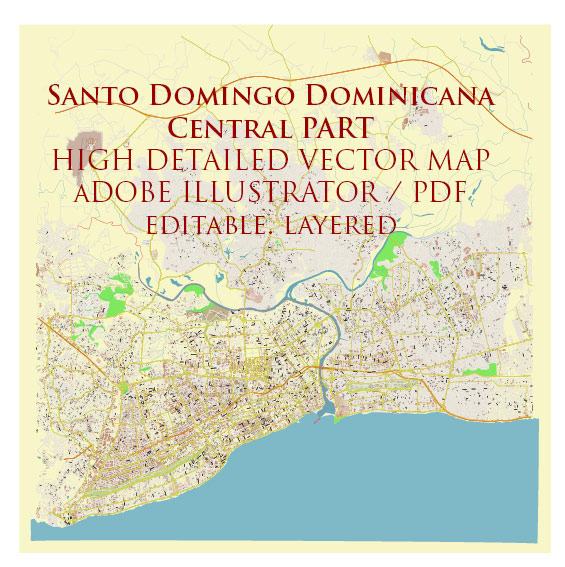
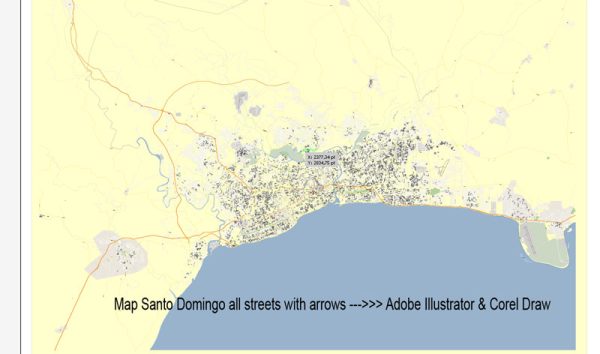
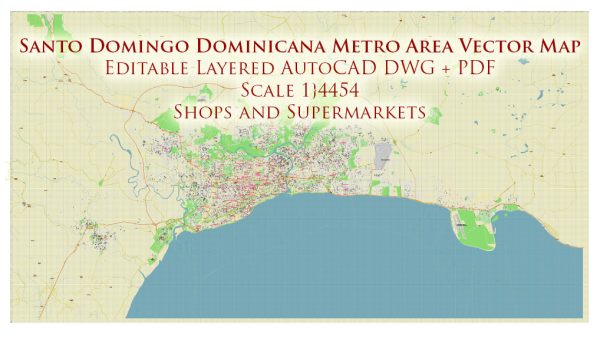
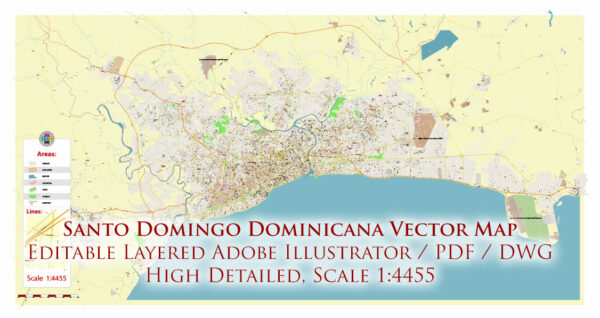
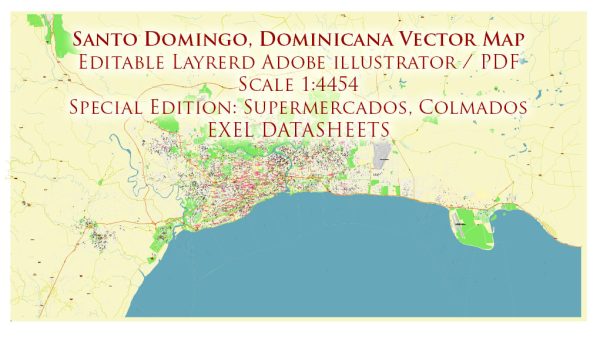
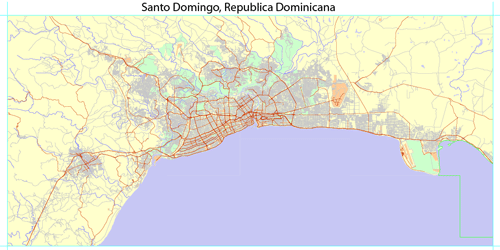
 Author: Kirill Shrayber, Ph.D.
Author: Kirill Shrayber, Ph.D.